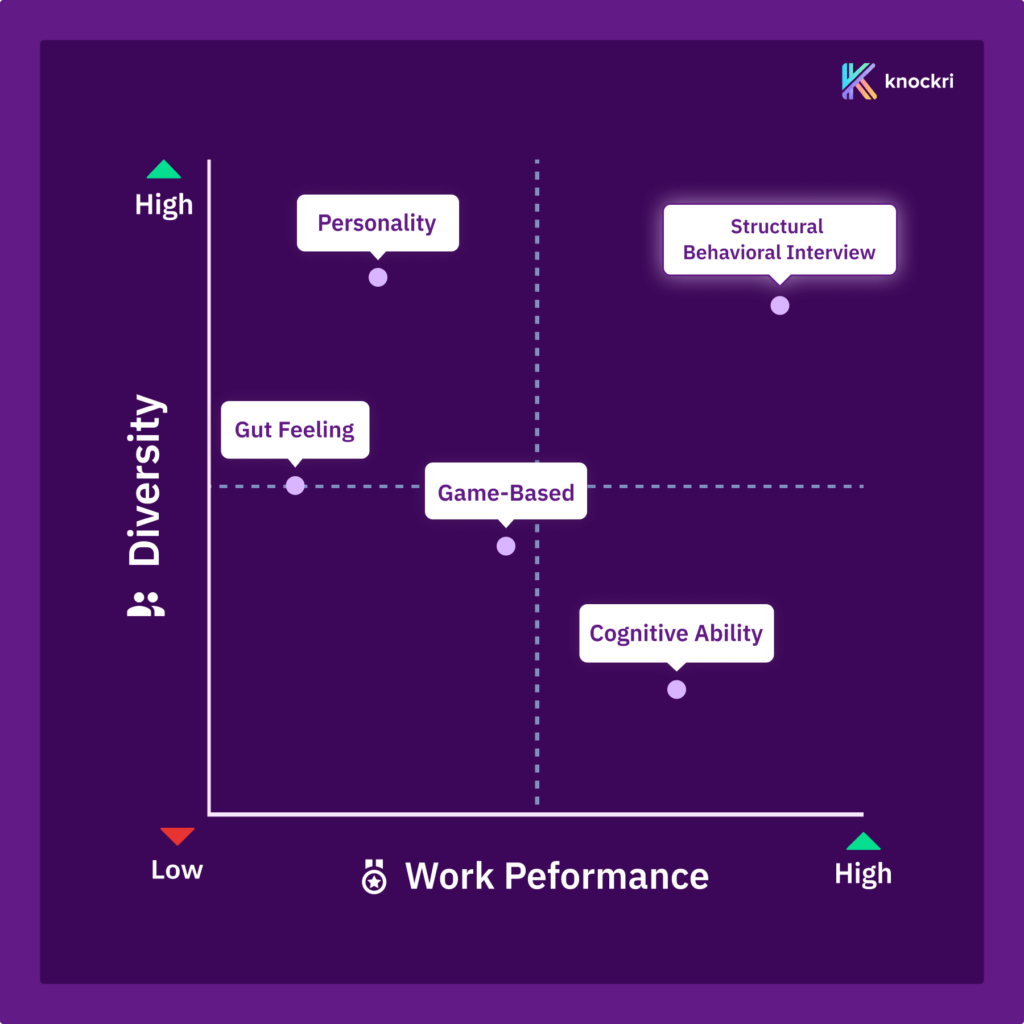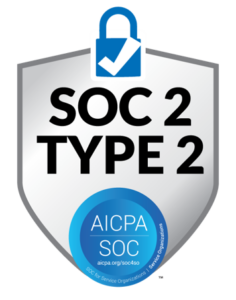New research surrounding employee selection methods suggests that structured interviews are more predictive than cognitive ability tests and a better alternative when it comes to applicant pool diversity.
Writing in the Journal of Applied Psychology, Paul Sackett and his co-authors set out to re-evaluate the statistical methods used to estimate the relationship between various selection procedures and job performance. The researchers critiqued five common approaches and determined that each of them had overestimated their validity. According to the authors: “Our field’s selection procedures are still valid, just not as valid as we thought they were.”
Rethinking 100 years of research into employee assessment tests
The past century of research consistently pegged cognitive ability tests as the best assessment for predicting job performance. Although some groups of applicants do not perform as well as others on cognitive ability tests, organizations continued to use them.
Despite large group differences in cognitive ability test scores across protected groups, they were not considered discriminatory because they served a legitimate business interest, and no alternative selection procedure was considered as accurate. That is, no other pre-employment test was able to predict performance as well as cognitive ability and at the same time show smaller differences in average test results across protected groups.

Cognitive assessments predict performance worse than previously thought, making structured behavioral interviews the most accurate selection procedure.
After this re-evaluation, however, the researchers found that structured behavioral interviews are more predictive than cognitive ability tests and are in fact “the strongest predictor of job performance” today. More than that, cognitive ability tests perform poorly when it comes to diversity recruiting and achieving diverse shortlists.
What is a structured interview?
In a structured interview, the administration and scoring of interviews remains consistent for all candidates. All candidates are asked the same questions and scoring is based on a set framework.
Structured interviews are at their most effective when questions are behavioral. That is, asking candidates to discuss how they have responded to a work-related situation in the past. Interview responses are usually scored using a rating scale that may include behavior anchors at different points to aid in objective scoring.
Not only do structured behavioral assessments predict performance better than cognitive assessments, but they are also more accurate than personality tests and unstructured interviews. They exhibit lower score differences between protected groups than other assessment methods as well.

Structured behavioral interviews predict on-the-job performance better than cognitive ability assessments or personality tests.
This begs the question that if structured behavioral interviews are so accurate, why aren’t they the primary mode of pre-employment assessment? In this situation, the trade-off for accuracy is that structured behavioral interviews are costly and time-intensive, making them unappealing for high-volume hiring.
Solving scalability roadblocks with AI
Structured interviews have typically been used in later stages of the recruitment process, or for job openings that have a low volume of applicants. In these scenarios, it is feasible to conduct several structured interviews in a one-on-one environment.
However, time and financial constraints limit the use of structured interviews at the top of the hiring funnel for high-volume occupations. In these situations, personality tests and cognitive ability assessments are often used instead, negatively impacting diversity and inclusion efforts in hiring or resulting in low correlation with job performance.
Automating the administration and scoring of structured behavioral interviews has the advantage of being resource-friendly and allows organizations to put more applicants through an assessment that accurately predicts job performance. Additionally, removing manual administration and scoring from the equation results in an objective testing process by eliminating unconscious or implicit bias examples such as ageism, gender bias, and name bias. Removing bias from assessments improves the diversity of your hiring pool and gives diverse talent a fairer chance.
Bringing research into practice by using structured behavioral interviews not only aligns with today’s science but will also improve your employee selection process as a whole. Administering and scoring structured behavioral interviews at scale is what Knockri does. Implement employee selection practices that predict performance without sacrificing applicant pool diversity using our AI-powered interview assessment tool. Go from theory to reality and book a demo to chat with our HR solution consultant about how to transform your employee selection process using science.



